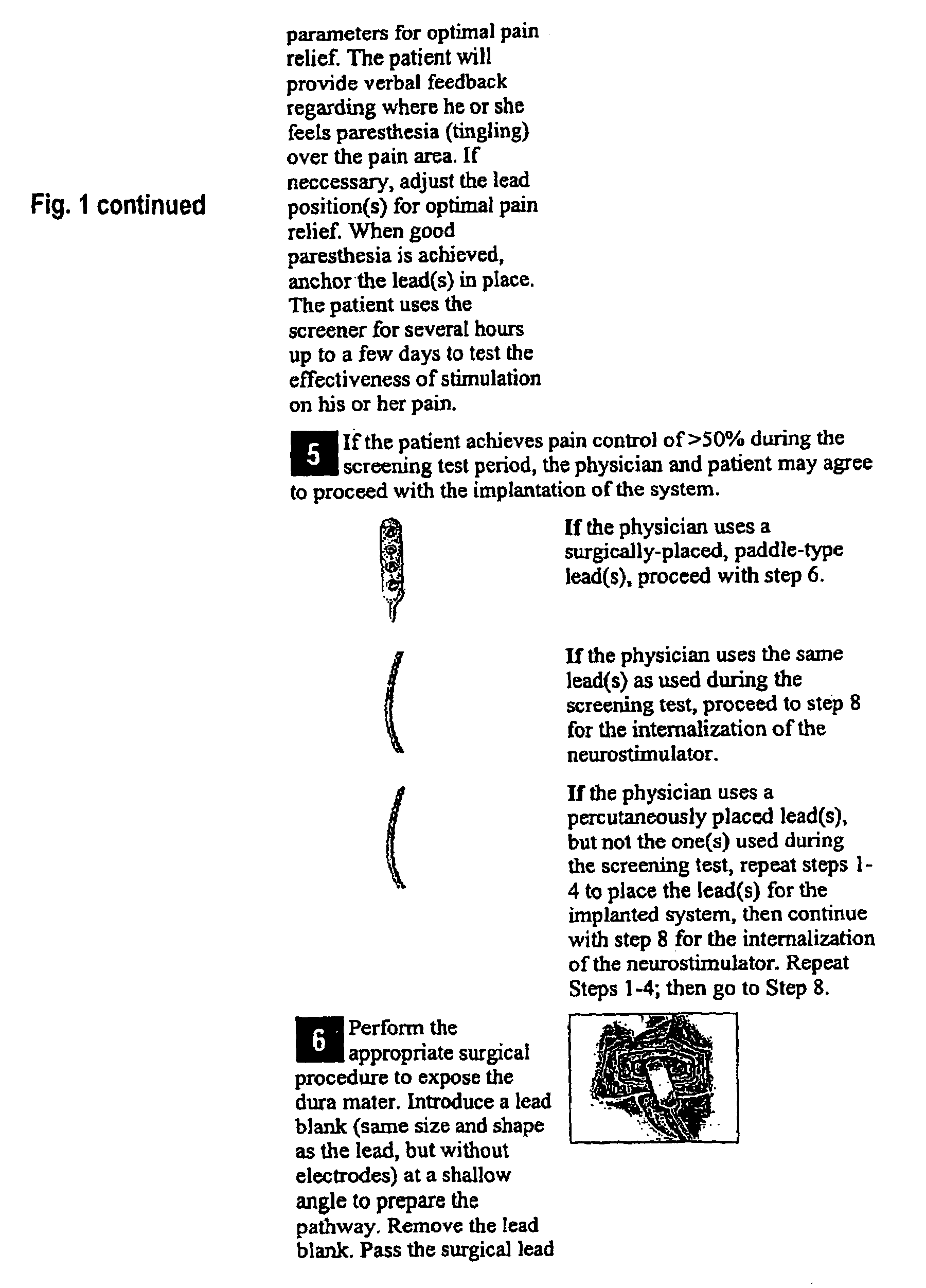Tunneling needle design having an on-demand removable hub
a technology of rotating needles and hubs, which is applied in the field of surgical instruments, can solve the problems of difficult, if not impossible, to thread the catheter, and the design approach is not working, and achieves the effect of reducing the difficulty of removing the stylet or the catheter
- Summary
- Abstract
- Description
- Claims
- Application Information
AI Technical Summary
Benefits of technology
Problems solved by technology
Method used
Image
Examples
first alternative embodiment
A First Alternative Embodiment
[0083]In this first alternative embodiment, only the engagement means disposed at the second open end of the needle body, and the attachment means disposed at one open end of the hub structure differ from those in the preferred embodiment described above. This first alternative embodiment is illustrated by FIGS. 6A and 6B.
[0084]Thus, as shown by FIGS. 6A and 6B, the needle-hub construct 130 includes an elongated, rigid needle body 140 comprised of: a hollow shaft 142 having fixed dimensions and configuration; at least one solid wall 144 formed of a stiff and unbendable material; an open internal cavity 145; and discrete first and second open ends 146, 148.
[0085]A sharp open tip 150 is formed at and extends from the first open end 146. In addition, discrete engagement means 160 are disposed at and joined to the second open end 148 for at will engagement and disengagement of a needle hub 170.
[0086]The particulars of the engagements means 160 in this first...
second alternative embodiment
A Second Alternative Embodiment
[0094]As before, only the engagement means disposed at the second open end of the needle body, and the attachment means disposed at one open end of the hub structure differ from those in the preferred embodiment described above. The second alternative embodiment is illustrated by FIG. 7.
[0095]As seen in FIG. 7, the needle-hub construct 230 includes an elongated, rigid needle body 240 comprised of: a hollow shaft 242 having fixed dimensions and configuration; at least one solid wall 244 formed of a stiff and unbendable material; an open internal cavity 245 (not shown); and discrete first and second open ends 246, 248.
[0096]A sharp open tip 250 is formed at and extends from the first open end 246. In addition, discrete engagement means 260 are disposed at and joined to the second open end 248 for at will engagement and disengagement of a needle hub 270.
[0097]The particulars of the engagements means 260 in this second alternative embodiment comprise two s...
PUM
 Login to View More
Login to View More Abstract
Description
Claims
Application Information
 Login to View More
Login to View More - R&D
- Intellectual Property
- Life Sciences
- Materials
- Tech Scout
- Unparalleled Data Quality
- Higher Quality Content
- 60% Fewer Hallucinations
Browse by: Latest US Patents, China's latest patents, Technical Efficacy Thesaurus, Application Domain, Technology Topic, Popular Technical Reports.
© 2025 PatSnap. All rights reserved.Legal|Privacy policy|Modern Slavery Act Transparency Statement|Sitemap|About US| Contact US: help@patsnap.com



